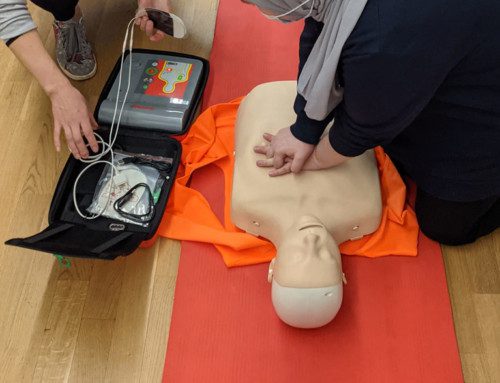The Paralympics start September 7 and will be broadcast all over the world, but few of us in the US really know what sports are played in the Summer Paralympics Games. The Paralympics are not as highly televised as the Olympics in the US. They will be shown on a few NBC affiliates here, while the Paralympics are highlighted in other countries. To help counteract the lack of coverage, we want to expand upon this amazing event.
There are twenty sports in the Paralympics Games, ranging from Archery to Goalball to Swimming. The Paralympics is divided not only into specific sports, but also into impairment categories. The eight physical impairment categories are impaired muscle power, impaired passive range of movement, loss of a limb, leg length discrepancy, short stature, hypertonia (increased muscles tension), ataxia (lack of muscle coordination), and athetosis (involuntary movements that affect position). There is also a category for visual impairment, covering partial to full loss of sight. (Intellectual impairments are also a category, but participants are recognized in the Special Olympics Games.)
Due to the broad range of impairments, the Paralympics has impairment classifications within each sport. The classifications promote fair competition while allowing as many athletes as possible to compete across an event. Prior to the 1980s, athletes were classified by their medical diagnosis, not by how their diagnosis affected their performance. That meant that two athletes with the same injury but different causes of injury would not have competed against each other. The classification system has changed, and athletes are now assessed on how their impairments affect their performance. Athletes without the use of their legs, no matter the cause, now compete together in most sports. The exception is the visual impairment classification: there are specific sports in the Paralympics designated for visual impairments. Blackout blindfolds are often worn by competitors with partial vision to level the playing field.
Paralympic sports have both unique impairment classifications and distinct event categories, as in the Olympics. Archery, for example, has two impairment classifications, open and W1: open includes athletes with leg impairments, wheelchair users, and athletes with balance impairments who shoot standing or sitting on a small bench; W1 is for athletes with leg impairments who may also be wheelchair users. The archery competition itself is the same as in the Olympics: competitors shoot arrows at a 10-circle target from a 70-meter distance with a recurve bow, or from a 50-meter distance with a compound bow. The Paralympic Archery events are men's recurve open, men's compound open, men's compound W1, women's recurve open, women's compound open, women's compound W1, recurve mixed teams open, compound mixed teams open, and compound mixed teams W1. As you can see, the events are divided into men's, women's, and mixed teams, and categorized by bow type and impairment.
Judo has an entirely different format. Only visually impaired athletes may compete in Judo, and the classifications are based on functional criteria. The categories are B1 (total blindness to perception of light but not objects or people), B2 (visual field of less than 5 degrees but perception of shapes), and B3 (visual field between 5 and 20 degrees with the ability to see images). Additionally, competitors are divided into men's and women's categories, and into weight classes ranging from Extra Lightweight (up to 60 kg for men, 48 kg for women) to Heavyweight (over 100 kg for men, 70 kg for women). The weight classes are open, which means a B1 athlete and a B2 athlete in the same weight division could compete with one another.
This is just a sampling of the amazing sports in the Summer Paralympics; other sports to watch include Canoe Sprint, Boccia, Equestrian, Cycling Track, Football, Goalball, Sailing, Powerlifting, and a slew of wheelchair events.





